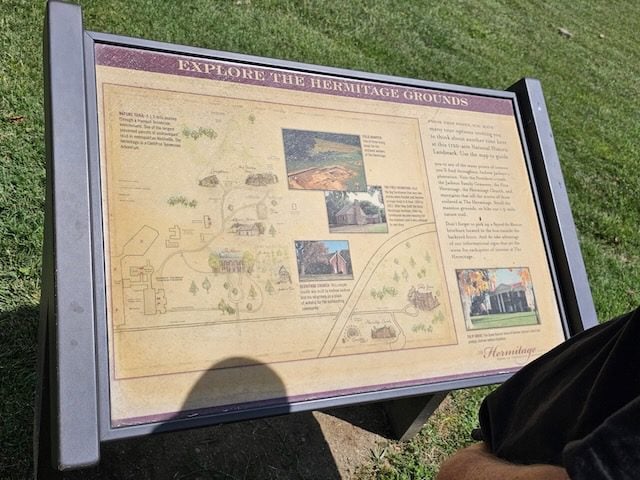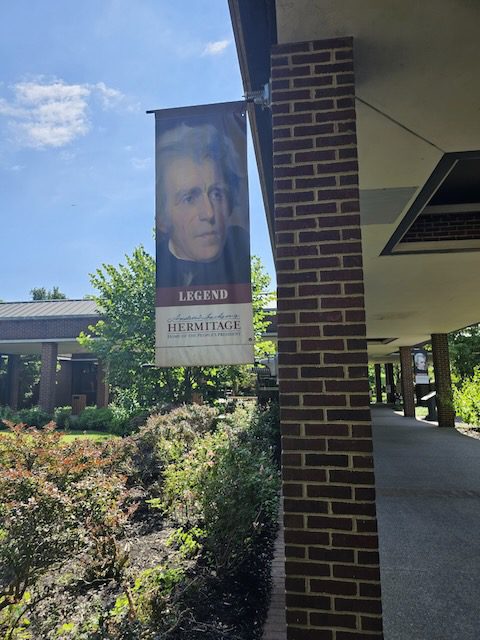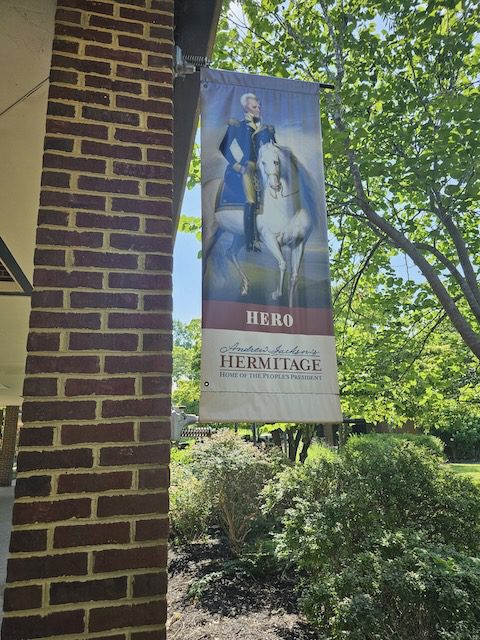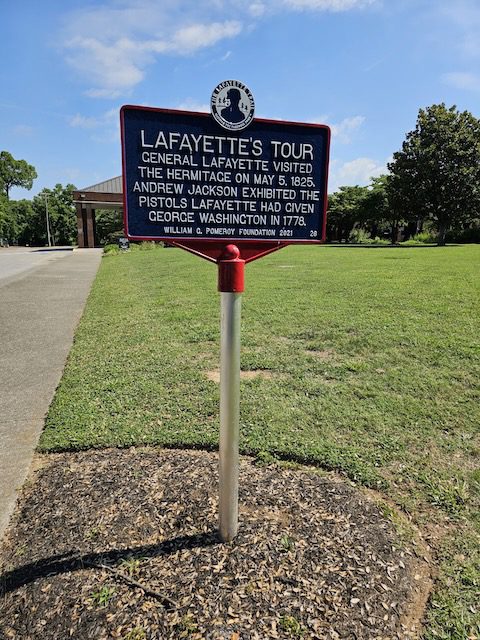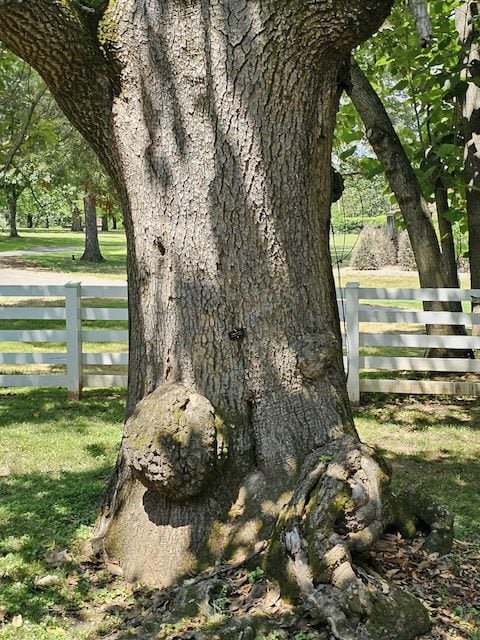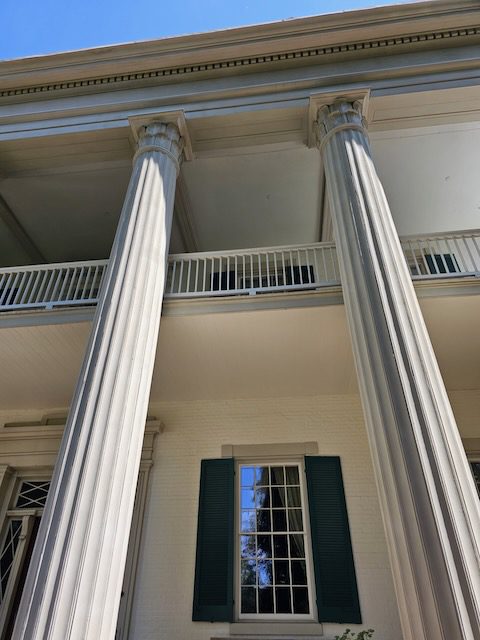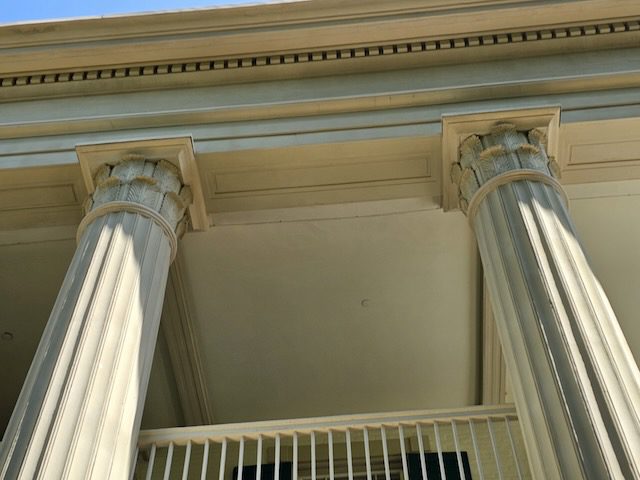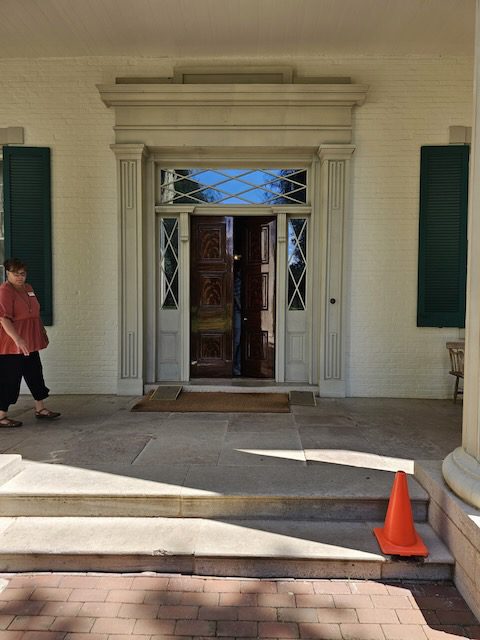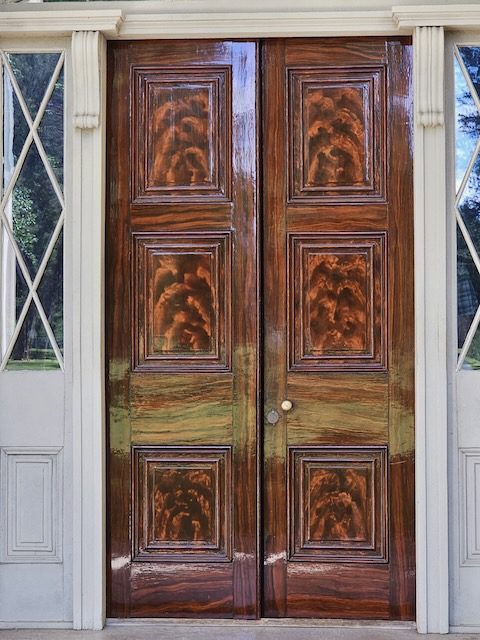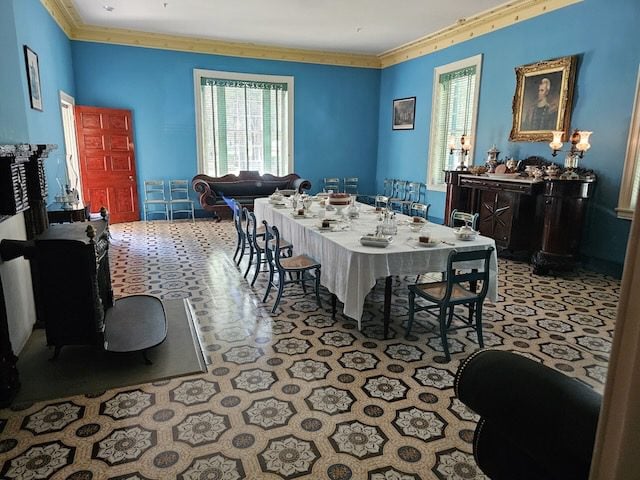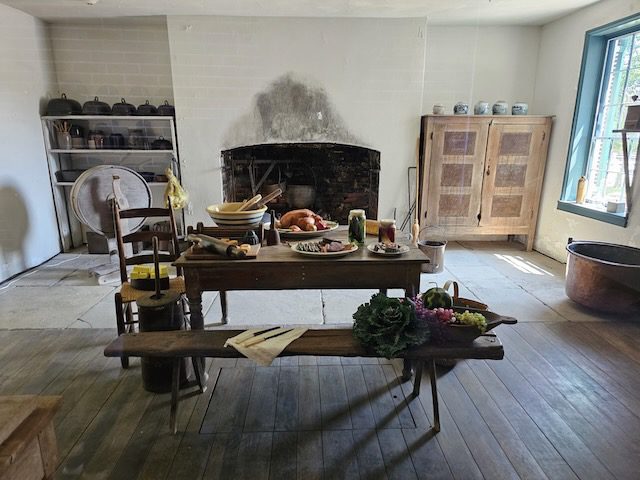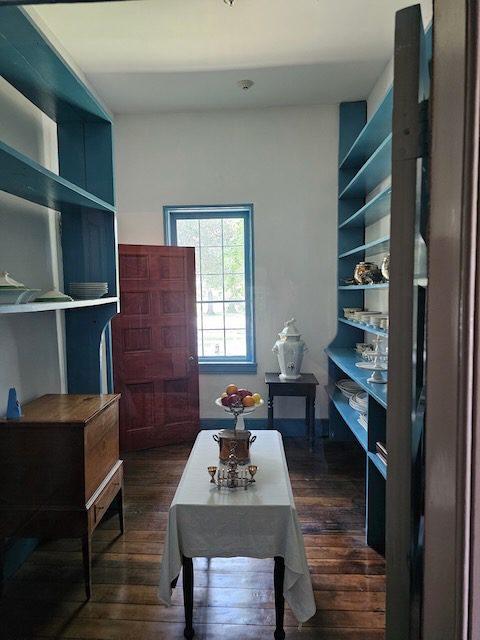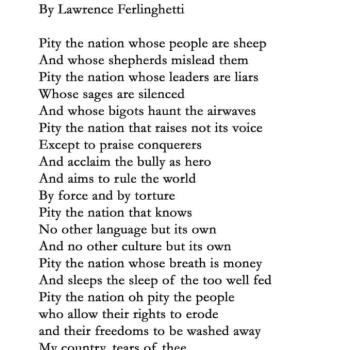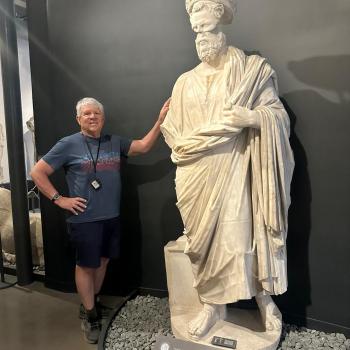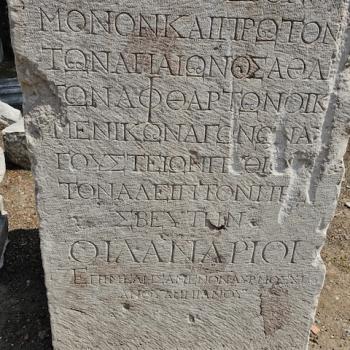Unlike, for instance The Belmont Mansion, the Hermitage, the home of President Andrew Jackson, sits on hundreds of acres to this very day. Jackson who was from N.C. was hero of the battle of New Orleans in 1812 who helped the U.S. win the second war against the British. But he was also the man who killed off many Indians, such as the Creek, and deported the Cherokee from N.C. on the trail of tears to Oklahoma. On top of which, he had 160 slaves, and even though he had a Presbyterian Church built on his grounds, he never said a word against slavery, though he did treat his slaves better than many others. Our guide suggested this was because of prudential matters, namely slaves that are well fed, clothed, and shelters are less likely to run away and more likely to do good work.
The Hermitage which is north and east of the city of Nashville is the third most visited Presidential mansion after Monticello and Mt. Vernon, and is indeed well worth the visit, though you are not allowed to take any pictures inside, digital or otherwise. So let’s start with the house itself, which like many such mansions was built in several stages.
Jackson was often said to be a populist, by which was meant a man of the people, who wanted the people not the government to have the essential say in the direction and nature of the new nation. But ‘the people’ in this case were European immigrants, not the Indians, not the slaves, and no women couldn’t run for office or vote either. There is no doubt however that Jackson had a variety of skills, he was a good soldier like Washington, a good businessman, a good family man, and apparently a pretty good politician as well. He lived in the transition period between being colonies and being a full-fledged democracy, from 1767 (in N.C. near Waxhaw) to 1845. His nickname ‘Old Hickory’ spoke to his firmness and stability, and so not surprisingly, there are large hickory trees on his plantation, which was basically a cotton plantation. He grew neither rice nor tobacco, though he considered the latter. Here’s a patriarch of hickory trees with a giant burl (the British would call it a burr)—
Here are some shots of the meadow that leads up to the house which is not near the road at all.
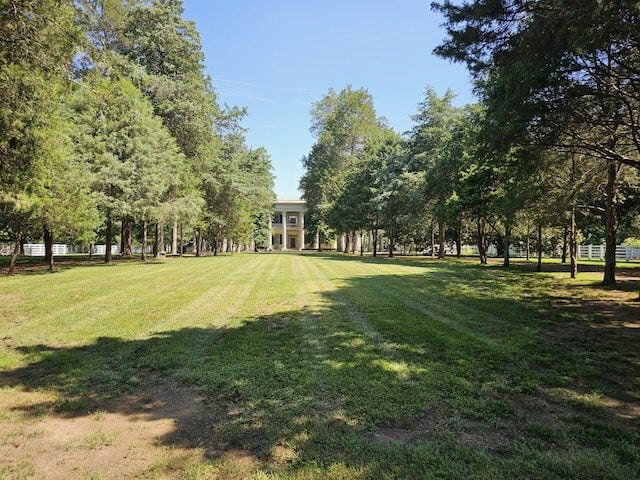
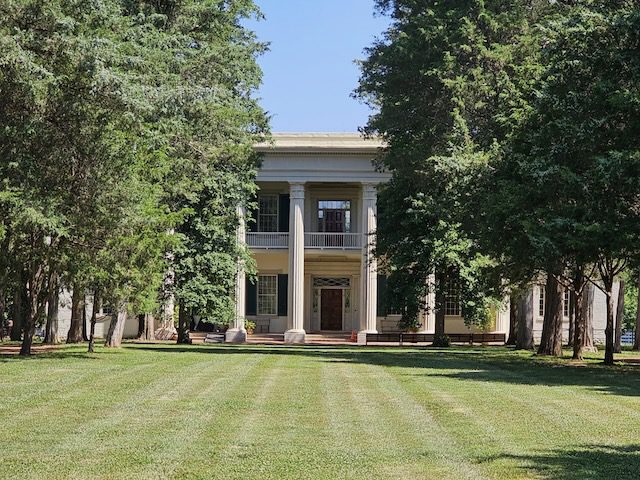
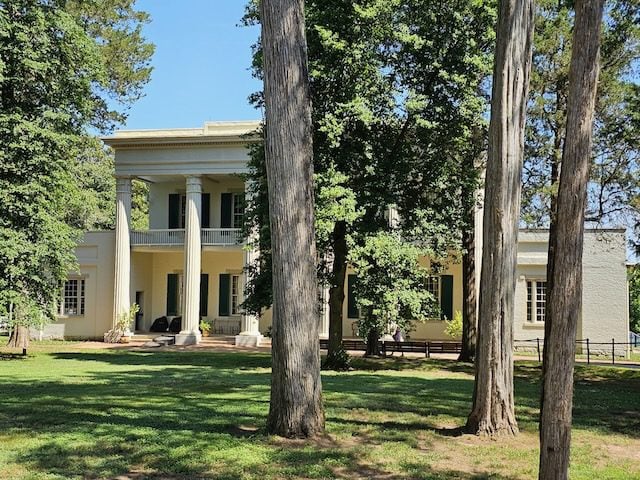 From this last shot you can tell that the house has two wings, but the original house was just the part under the tall columns with the Ionic capitals. Like so many of that period, the house is in the Greek Revival style with Greek columns.
From this last shot you can tell that the house has two wings, but the original house was just the part under the tall columns with the Ionic capitals. Like so many of that period, the house is in the Greek Revival style with Greek columns.
While we could not take pictures inside the house, we were able to take some shots of the ancient out buildings such as the kitchen and pantry…


